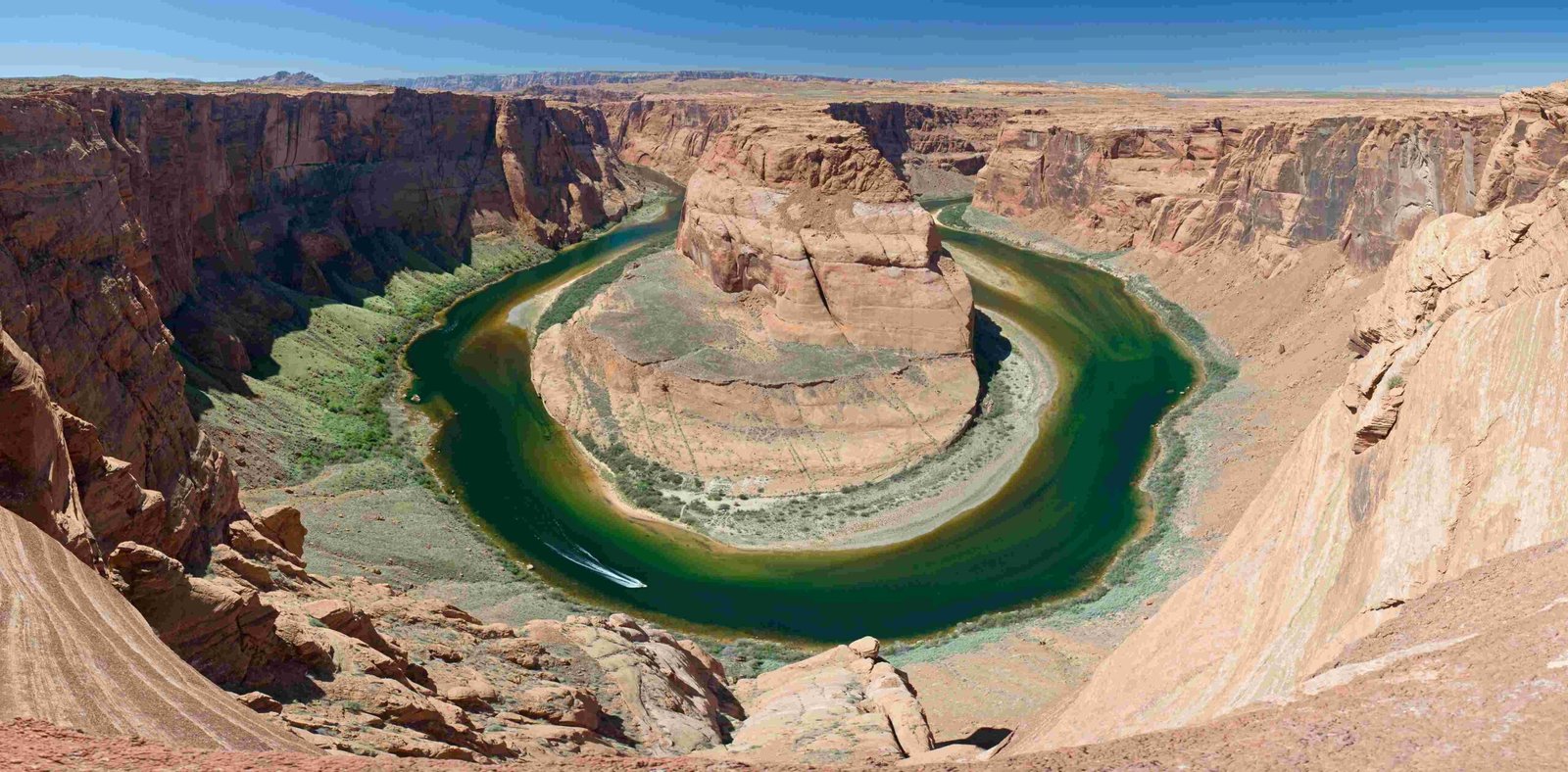The Grand Canyon, a geological marvel spanning approximately 277 miles, presents a complex geographic landscape that intersects multiple southwestern states. While primarily situated in Arizona, its geological and hydrological systems subtly influence neighboring territories of Utah, Nevada, and Colorado, creating a fascinating regional ecosystem that challenges traditional state boundary perceptions.
What Makes the Grand Canyon Unique in Four-State Context?

Geographic Boundaries and State Interactions
The Grand Canyon’s primary location in Arizona doesn’t diminish its broader regional significance. Here’s a detailed breakdown of its state interactions:
Arizona: Primary Residence
- Total Park Area: 1,217,403 acres
- Predominant Location: North-Central Arizona
- Primary Jurisdiction: Grand Canyon National Park
Utah: Peripheral Influence
- Proximity: Northeastern Arizona border
- Geological Connection: Colorado River watershed
- Notable Features:
- Potential sedimentary rock formations
- Shared geological history
- Watershed interconnectivity
Nevada: Hydrological Connections
- Border Interaction: Colorado River western boundary
- Geological Significance:
- River flow dynamics
- Shared desert ecosystem characteristics
Colorado: Upstream Watershed Contributions
- River Origin: Rocky Mountain headwaters
- Geological Contributions:
- Sediment transportation
- Water resource management
- Historical geological formations
How Do State Boundaries Impact Grand Canyon Exploration?

Access and Exploration Challenges
| State | Access Difficulty | Recommended Entry Points | Travel Distance to South Rim |
|---|---|---|---|
| Arizona | Easiest | Flagstaff, Williams | Direct Access |
| Utah | Moderate | St. George, Page | 160 miles |
| Nevada | Challenging | Las Vegas | 225 miles |
| Colorado | Most Difficult | Grand Junction | 340 miles |
Unique Geological Perspectives
The Grand Canyon transcends traditional state boundaries, offering:
– Diverse geological formations
– Complex hydrological systems
– Interconnected ecological networks
– Rich Native American cultural landscapes
What Scientific Insights Emerge from Four-State Interactions?
Research and Exploration Opportunities
Researchers find fascinating insights by examining the Grand Canyon’s multi-state context:
– Sedimentary rock layer comparisons
– Water resource management studies
– Climate change impact assessments
– Geological evolution tracking
Ecological Significance
The four-state region surrounding the Grand Canyon represents:
– Unique biodiversity hotspot
– Complex ecosystem interactions
– Microclimatic variations
– Significant conservation importance
Practical Visitor Considerations
Travel and Exploration Tips
- Obtain multi-state park passes
- Plan comprehensive regional itineraries
- Understand varying state regulations
- Prepare for diverse terrain conditions
Recommended Exploration Routes
- Arizona South Rim (Primary Recommendation)
- Utah’s peripheral viewpoints
- Nevada’s Colorado River perspectives
- Colorado’s upstream watershed exploration
Conclusion
The Grand Canyon’s four-state context offers an extraordinary geographical narrative, demonstrating how natural landscapes transcend political boundaries, creating a rich, interconnected ecosystem of immense scientific and cultural significance.

